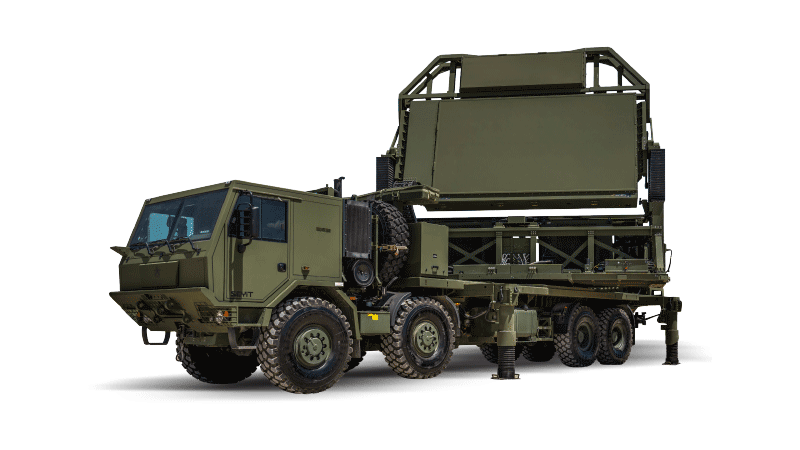SOURCE: AFI


In a significant development for Pakistan’s air defense modernization efforts, the Pakistan Air Force (PAF) has reportedly approached Turkish defense company Aselsan to acquire the ALP-300G, a next-generation S-Band Active Electronically Scanned Array (AESA) long-range radar. This move comes in the wake of growing dissatisfaction within the PAF with the performance of Chinese-supplied air defense radars, which have reportedly failed to meet operational expectations in detecting and tracking modern threats effectively.
The ALP-300G, developed by Aselsan, is a state-of-the-art radar system designed for long-range early warning and air defense. It boasts advanced AESA and digital beamforming technology, enabling it to detect and track a wide range of targets, including air-breathing threats, ballistic missiles, anti-radiation missiles, and low Radar Cross Section (RCS) targets like stealth aircraft and drones, at extended ranges. The radar’s Multi-Channel Digital Beam Forming architecture supports simultaneous multi-beam operations, paving the way for multi-function and multi-mission capabilities. It can also perform weather information analysis to optimize detection and tracking performance, making it a highly mobile and standalone system with integrated radar, command-and-control, communication, and power systems.
The ALP-300G’s operational specifications are impressive. It is effective against a broad spectrum of threats at long range, with capabilities for detection and tracking of very small RCS targets, ballistic missiles, and electronic scanning in both azimuth and elevation. The radar features solid-state power amplifier technology, digital beamforming, and various tactical operation modes, including a Long-Range Mode/S IFF System compatible with NATO STANAG-4193 standards. It also integrates seamlessly with national C2 systems, NATO Air Command and Control Systems (ACCS), and tactical communication networks. Additionally, the ALP-300G offers advanced electronic protection measures, cyber security, and counter-measures against anti-radiation missiles, ensuring operational resilience.
Designed for mobility, the ALP-300G is transportable on 10-ton class Tactical Wheeled Vehicles (TWV) and can be deployed in under 30 minutes, with a march-order time of 30 minutes. It is built to withstand harsh environmental conditions (MIL-STD-810G) and features advanced algorithms for windfarm mitigation, alongside high availability (99.9%) and low cost of maintenance. The system also includes ECCM features to counter jamming, side lobe blanking, and other electronic warfare threats.
Pakistan’s shift towards the ALP-300G reflects a broader strategic realignment in its defense procurement strategy. The PAF’s loss of confidence in Chinese air defense radars stems from their perceived inability to effectively counter modern aerial threats, particularly in the context of escalating regional tensions and the need for robust early warning systems. The ALP-300G, with its proven capabilities and NATO interoperability, offers Pakistan a reliable and advanced solution to enhance its air defense network.
NOTE: AFI is a proud outsourced content creator partner of IDRW.ORG. All content created by AFI is the sole property of AFI and is protected by copyright. AFI takes copyright infringement seriously and will pursue all legal options available to protect its content.